Travelers, dreamers, and seekers of ancient wonders—let’s step into the life of a man whose story is carved into the stones of Rome and whispered through the ruins of Syria.
Apollodorus of Damascus, one of the most renowned architects in Roman history, is considered one of the most significant figures to have shaped the architectural landscape of the ancient world. Born in Damascus around 50 AD, during a time when the city was deeply influenced by Nabataean culture, Apollodorus became a pioneer in Roman architecture. His works continue to be admired today for their ingenuity and innovative designs.
Nabataean Roots and Eastern Influences
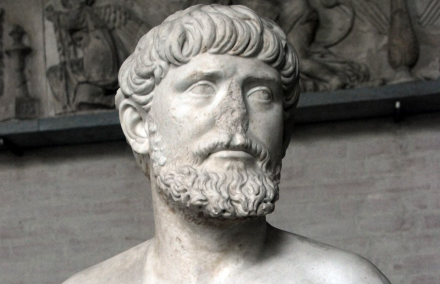
Apollodorus was born into a period when Damascus was a thriving hub of trade, bridging the East and West through the Nabataean kingdom. This cultural exchange played a pivotal role in shaping his architectural vision. The Nabataeans, known for their skill in rock-cut architecture, influenced Apollodorus’ design philosophy, which merged Eastern aesthetics with Roman architectural traditions. According to American scholar Paula Landart in her book Finding Ancient Rome, Apollodorus’ Nabataean heritage had a profound impact on his work, blending the artistic styles of the East with the monumental Roman forms.
Apollodorus’ Career in the Roman Empire
Leaving Damascus behind, Apollodorus moved to Rome, where he caught the attention of Emperor Trajan. When Trajan became emperor in 98 AD, he summoned Apollodorus to work on several monumental projects. Apollodorus is believed to have also participated in Trajan’s military campaigns, particularly in Dacia (modern-day Romania), where Roman forces expanded their territory. Apollodorus’ engineering expertise made him an invaluable asset to the emperor, who entrusted him with the design and construction of numerous iconic structures.
Major Architectural Works: The Forum and Pantheon
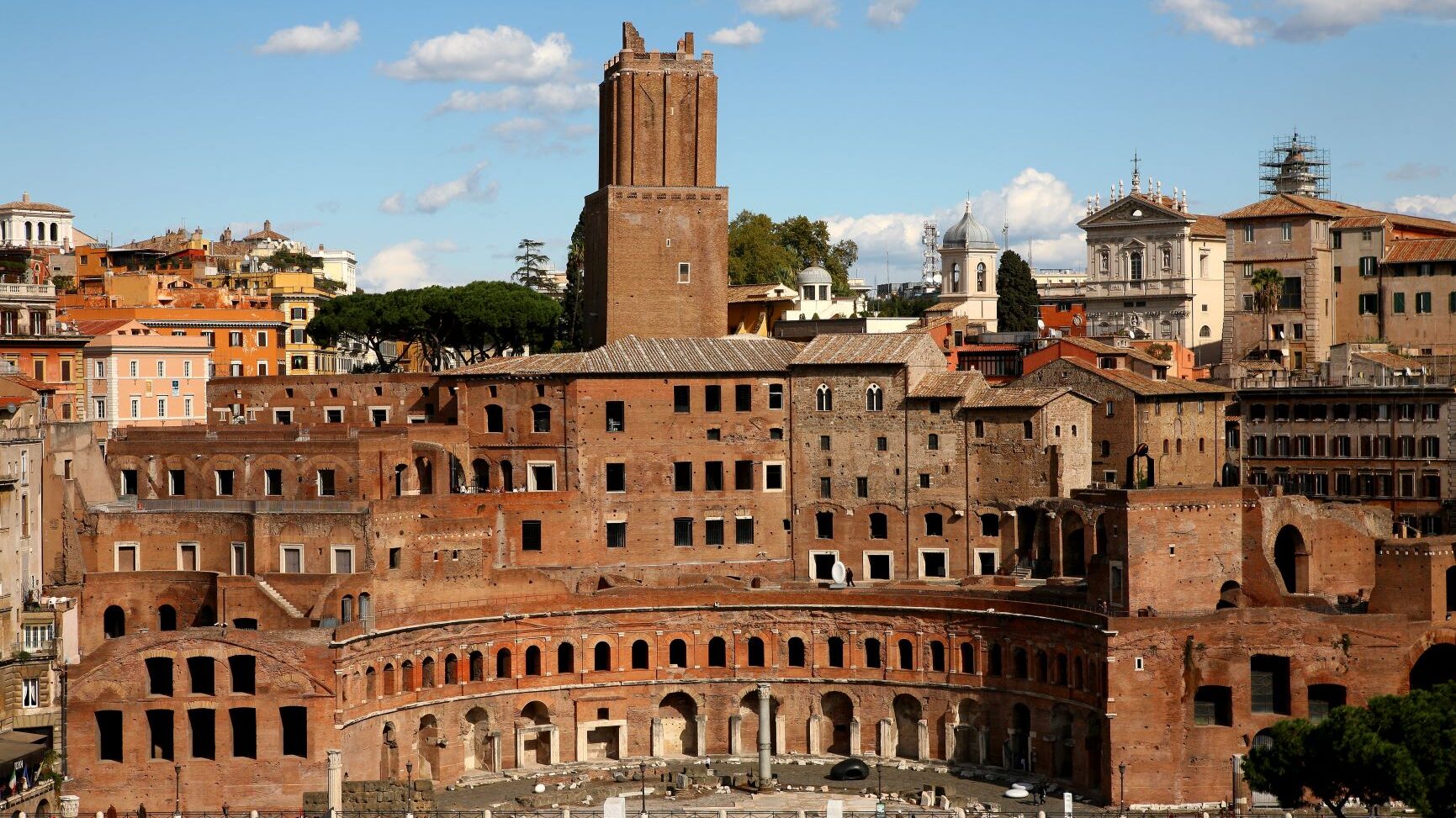
Among Apollodorus’ most notable achievements is the Forum of Trajan, built in Rome between 107 and 113 AD. The forum was a massive civic and commercial complex that included administrative buildings, libraries, and public spaces. The complex was centered around a large open area surrounded by monumental columns and walls clad in marble, with the famous Column of Trajan at its heart. This column, which depicted Trajan’s victory in the Dacian Wars, remains one of the most important examples of Roman victory monuments.
Apollodorus was also responsible for the design of the Pantheon, a temple dedicated to all Roman gods, which stands as one of the most impressive feats of Roman engineering. The Pantheon’s most remarkable feature is its large concrete dome, which was a groundbreaking architectural achievement at the time. The dome, with its central oculus, allowed natural light to flood the interior and remains the largest unreinforced concrete dome in the world, influencing architectural designs for centuries to come.
Trajan’s Column: A Monumental Achievement
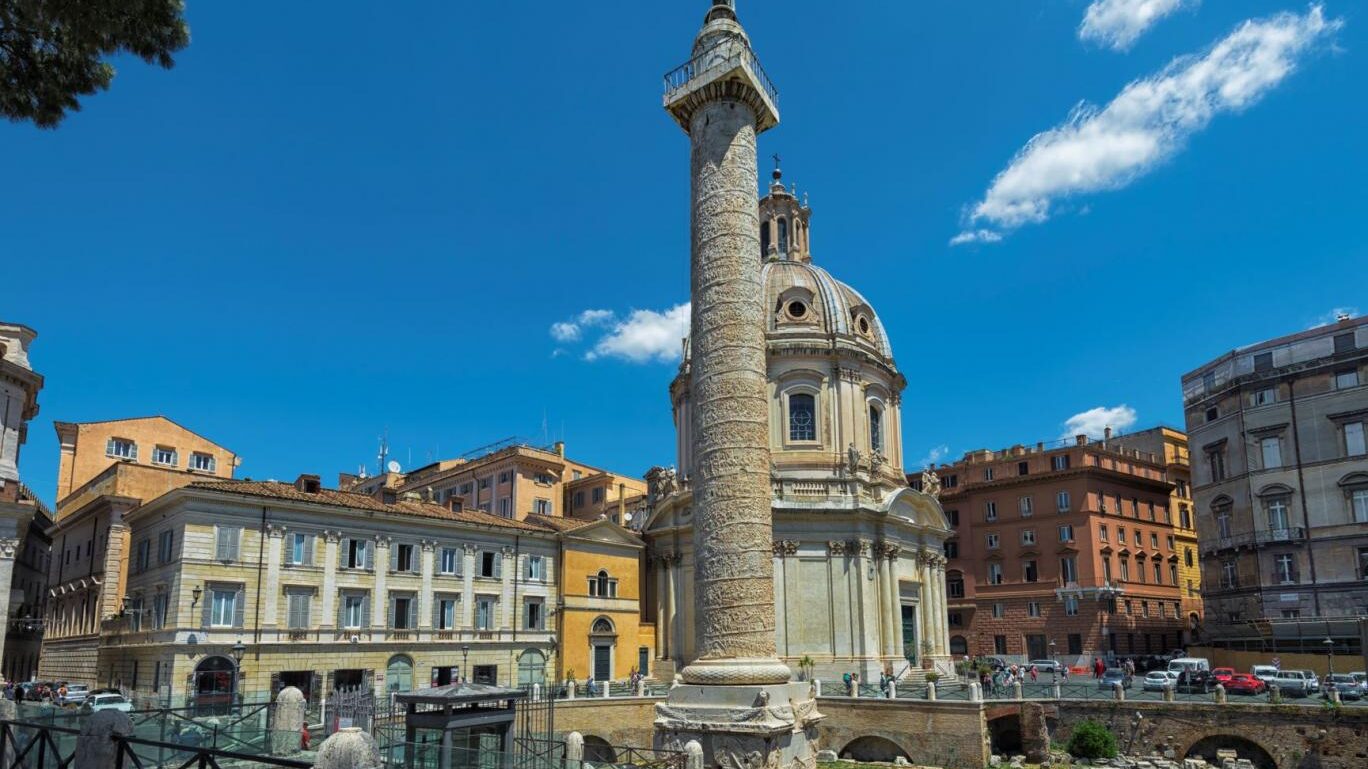
The Column of Trajan is one of Apollodorus’ most celebrated contributions to Roman architecture. Standing at 34 meters tall, this column is decorated with a continuous relief that wraps around the shaft, depicting scenes from the Dacian Wars in intricate detail. The column not only serves as a memorial to Trajan’s victories but also as an engineering marvel, with its precise construction and use of space to tell the story of the Roman military campaign. The column has become a symbol of Roman commemorative architecture, influencing numerous subsequent victory columns throughout history.
Bridges and Monuments Beyond Rome: Apollodorus’ International Legacy
Apollodorus’ talents were not confined to Rome alone. He worked on monumental projects across the Roman Empire, including the Bridge over the Danube, which was one of the largest bridges ever constructed at the time, spanning the Danube River between modern-day Romania and Serbia. His bridges, which included those over the Tagus River in Spain, were significant achievements in Roman engineering, showcasing his ability to create large-scale infrastructure projects that improved communication and military logistics across the empire.
The Roman City of Palmyra
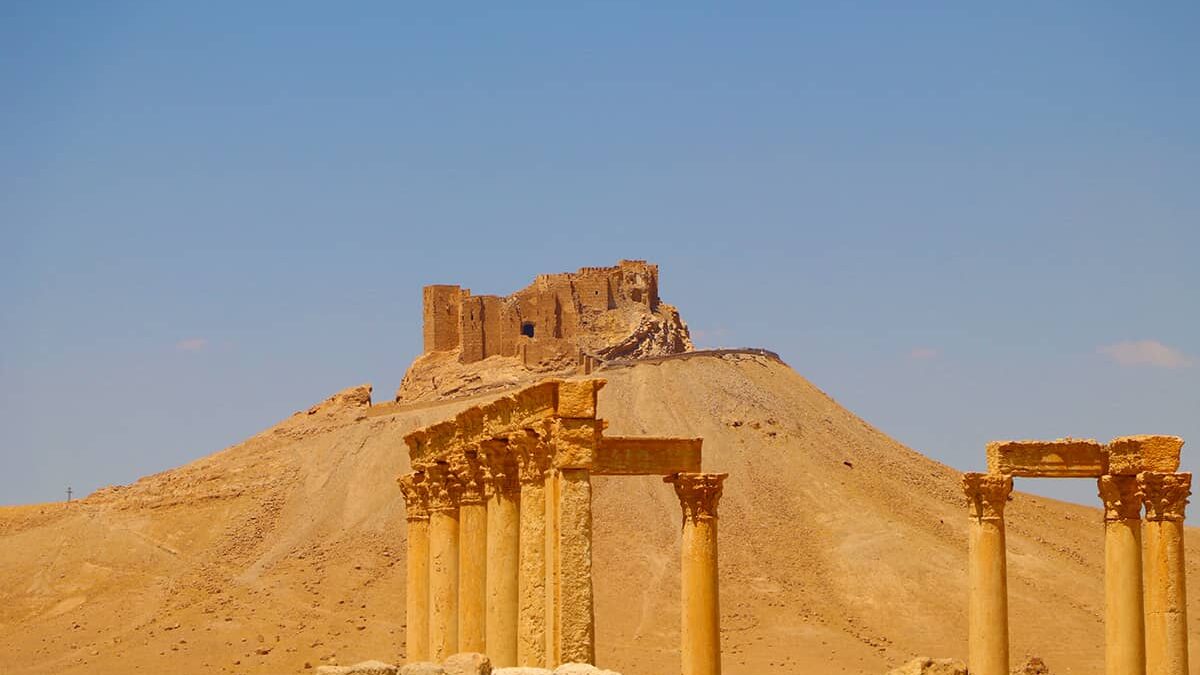
Another significant site in Syria that bears Apollodorus’ architectural influence is the ancient city of Palmyra. While Apollodorus is not directly credited with all of Palmyra’s monumental architecture, his influence can be seen in the city’s design, particularly in its integration of Roman architecture with the pre-existing local Nabataean style. Palmyra was one of the key hubs in the Roman East, acting as a crossroads for trade and culture between the Roman and Persian empires.
Under Roman rule, particularly during the reign of Trajan, Palmyra flourished, with significant construction projects aimed at transforming it into a Roman city. Apollodorus’ architectural and engineering expertise would have been crucial in shaping the city’s monumental structures, such as its temples, colonnaded streets, and baths. Notably, the city’s famous Temple of Bel, which combines Roman and Mesopotamian architectural features, likely drew upon the design sensibilities popularized by Apollodorus in the Roman Empire.
The Roman Theatre of Bosra
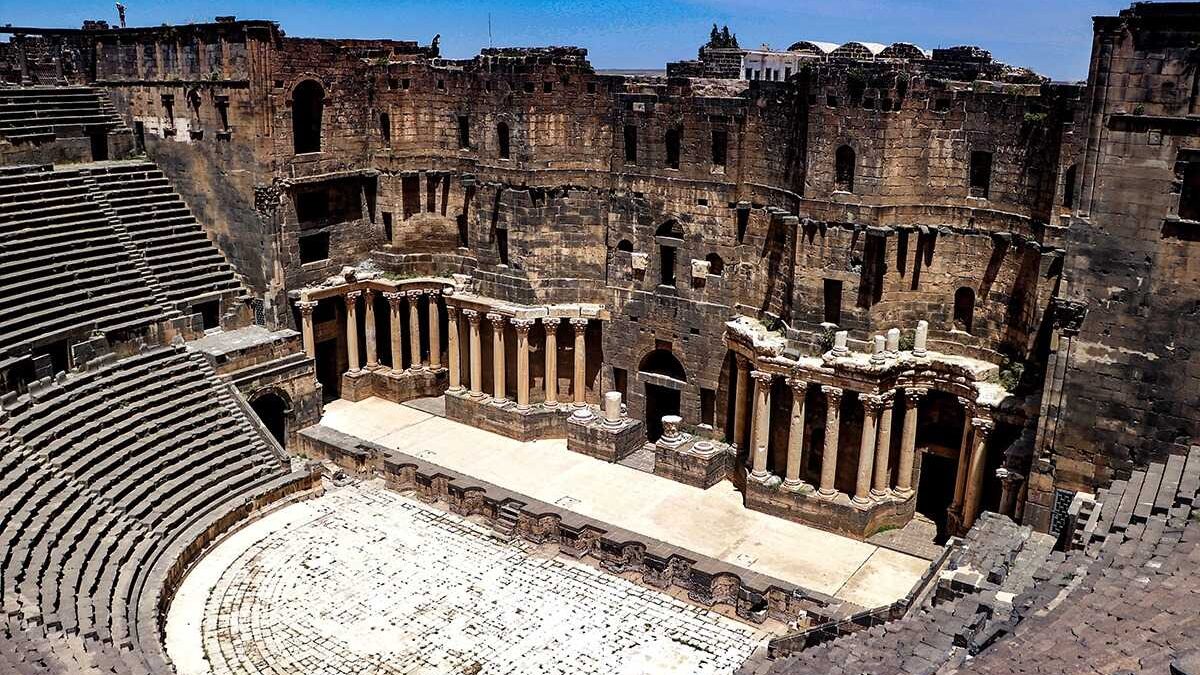
Another key architectural achievement attributed to Apollodorus is his role in the construction of the Roman theatre in Bosra, located in southern Syria. Bosra was an important Roman city, and the construction of its theatre is often credited to Apollodorus or his contemporaries. This theatre is one of the best-preserved Roman theatres in the world, capable of seating over 15,000 spectators. It is remarkable for its well-preserved structure and its ability to provide insight into Roman entertainment culture.
The theatre at Bosra not only reflects Roman engineering prowess but also demonstrates how Roman architectural forms were adapted to the Syrian context. Its semi-circular design, intricate stonework, and use of local materials all reflect the fusion of Roman architectural tradition with regional stylistic elements. The continued preservation of this site is a testament to the lasting impact of Apollodorus’ architectural techniques in Syria.
The Story with Hadrian
Despite his successes, Apollodorus’ relationship with Emperor Hadrian was not always smooth. According to the Roman historian Cassius Dio, Apollodorus fell out of favor with Hadrian after a critical remark about a design that Hadrian had proposed for a temple. Apollodorus was known for his sharp wit and candid critiques, which ultimately led to his downfall. In a famous incident, Hadrian is said to have executed Apollodorus after the architect made a scathing comment about the emperor’s architectural ideas, showcasing Apollodorus’ strong personality and unwillingness to bow to imperial authority.
Apollodorus’ Impact on Roman Architecture and Beyond
Apollodorus of Damascus was not just an architect but an innovator whose ideas left an indelible mark on Roman architecture. His invention of the concrete dome, particularly seen in the Pantheon, revolutionized building techniques, making it possible to create vast, open interior spaces that were not reliant on supporting columns. This innovation had far-reaching effects on the development of architecture in the Western world.
Apollodorus’ work also set new standards for engineering in the Roman Empire. His ability to blend functionality with aesthetics created some of the most enduring structures of antiquity, such as the Forum of Trajan, the Pantheon, and the Column of Trajan. These projects, along with his other works, have served as benchmarks for architects and engineers throughout history, continuing to inspire designs in both classical and modern architecture.
Sources:
